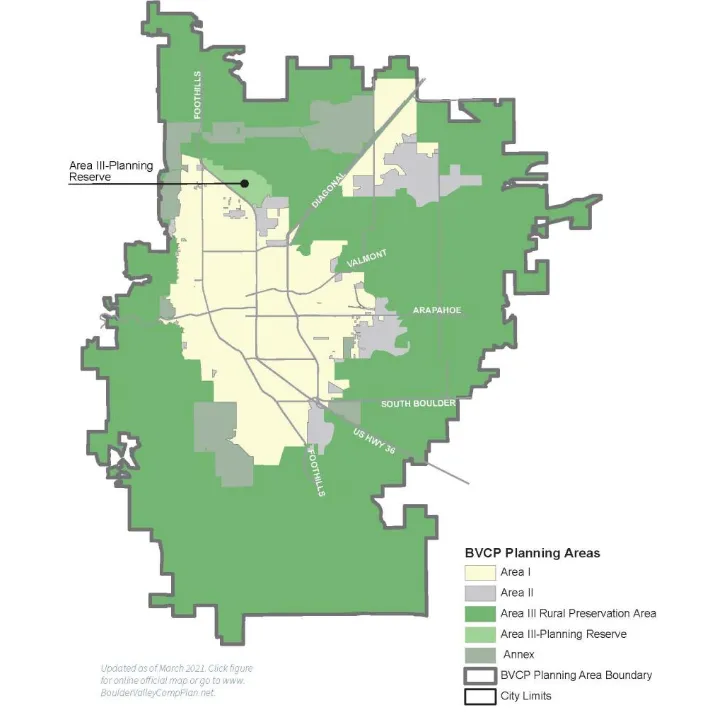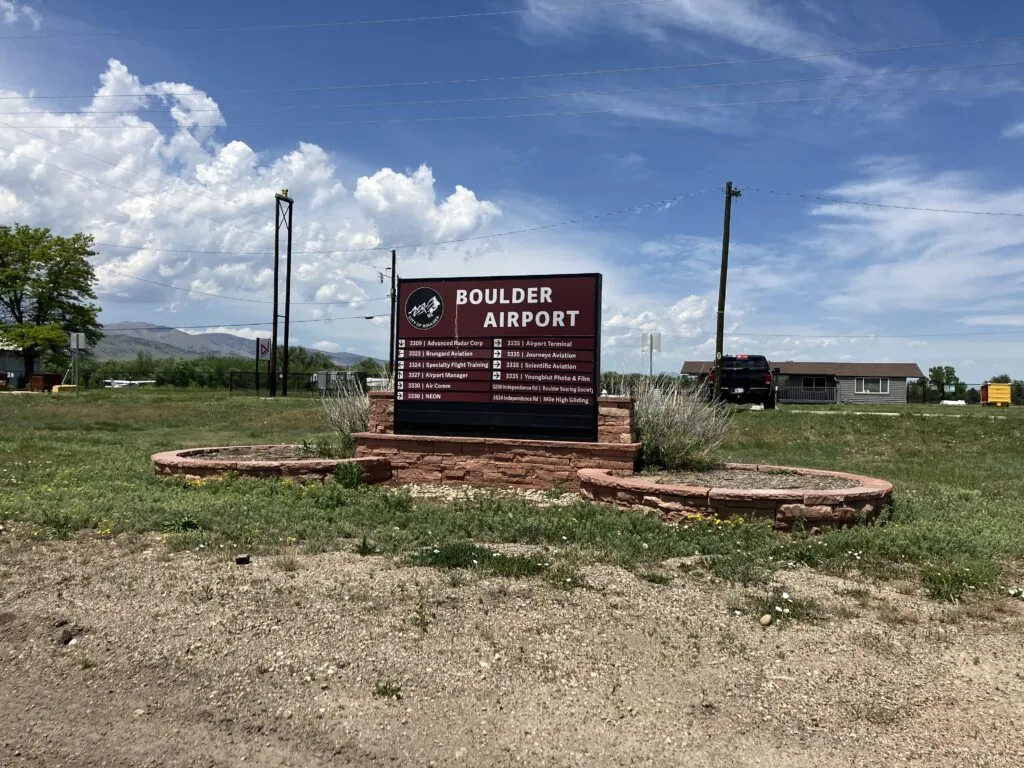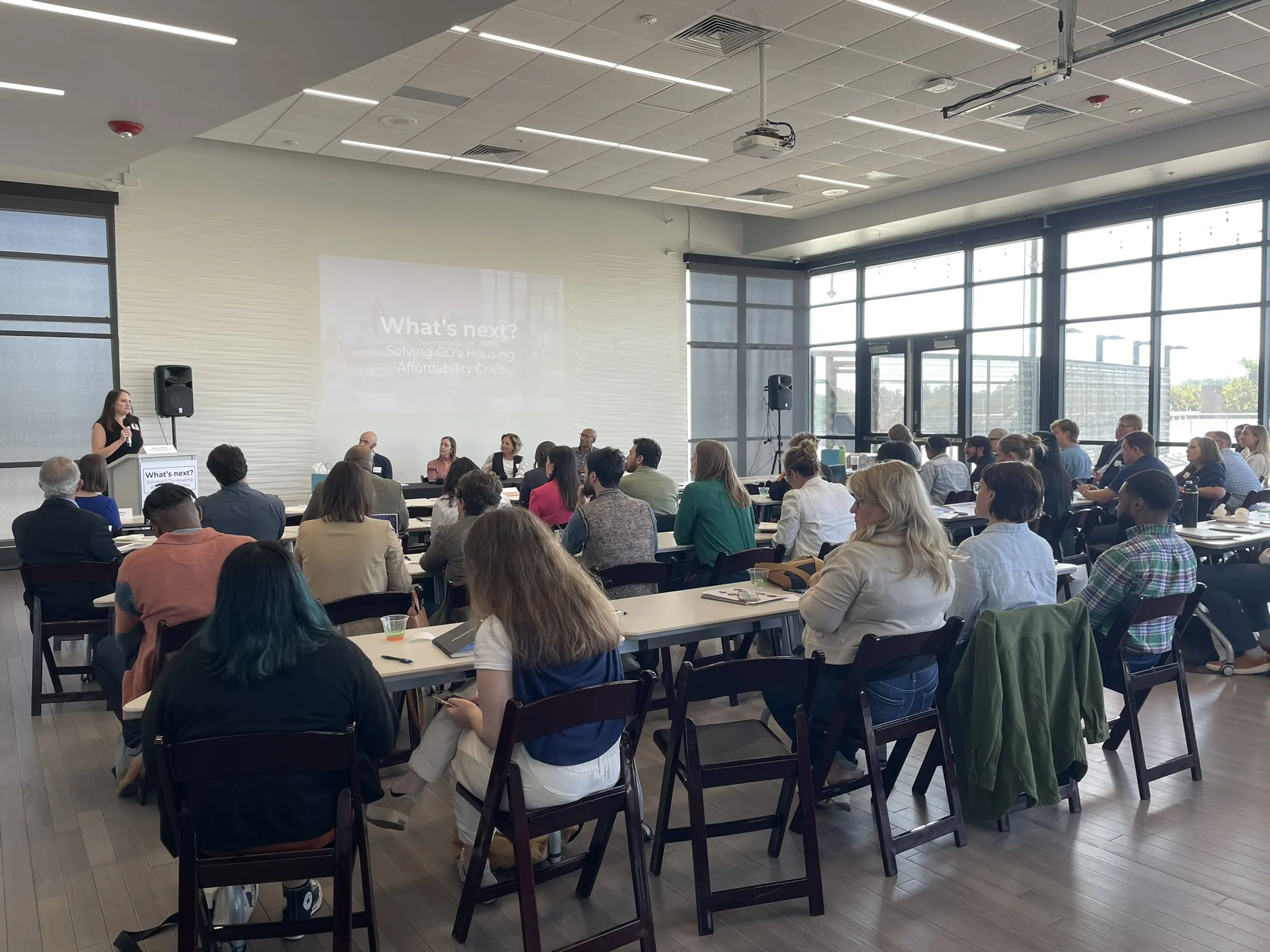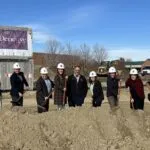Boulder’s Area III: Affordable-housing haven or potential money pit?
Boulder studies annexation, but the cost — and opposition — will be high

BOULDER — Boulder officials and city staff are exploring the potential for expanding city limits — and therefore city services and infrastructure — to include about 500 acres of mostly undeveloped land in unincorporated Boulder County with the hopes that thousands of new homes envisioned for the site would help solve the city’s seemingly intractable housing-affordability crisis.
Annexing the property, located just north of city limits and known as the Area III Planning Reserve, would likely cost hundreds of millions of dollars — onsite infrastructure costs combined with offsite capital improvements, according to city estimates, could top $1 billion, although much of that could be funded by private developers — raising the question: Is the juice worth the squeeze?
Members of Boulder City Council, who voted 8-1 in November to authorize city staff to continue studying urbanization of Area III as part of an update to the Boulder Valley Comprehensive Plan, hope that more information will help them answer that question.
SPONSORED CONTENT
Further study of future annexation “is one step among multiple steps,” Mayor Aaron Brockett said, and down the line “we can decide to continue or not to continue.”
City leaders will likely take another vote in 2025 or 2026 on whether to begin the annexation process, which would require infrastructure investment in everything from new roads to sewers to fire stations. It would likely be sometime in the 2030s before any new homes would be built.
Created in 1993 with an eye toward Boulder’s future growth needs, the Area III Planning Reserve sits on 493 acres just north of U.S. Highway 36. The city owns nearly 220 acres — of that, nearly 190 acres were purchased for the purpose of building an urban park, and about 30 acres were purchased with affordable housing funds — with most of the remainder held privately.
The Area III Planning Reserve gets its name from the Boulder Valley Comprehensive Plan, a document that helps local governments in Boulder County guide long-term land-use decisions.
There are three area designations included in the comp plan:
- “Area I is an area within the City of Boulder. This land has adequate urban facilities and services and is expected to continue to accommodate urban development.”
- “Area II is under Boulder County’s jurisdiction, where annexation to the city could be considered. New urban development may only occur if adequate facilities and services are or will be available.”
- “Area III is the remainder of the Boulder Valley and for the most part is in Boulder County. The Area III-Rural Preservation Area is preserved for rural land uses and character. The Area III-Planning Reserve Area is a sub-area where the city and county maintain the option of future development.”
Preliminary studies of development on Area III envision a mix of attached-housing types with ground-floor retail and free-standing commercial spaces. The total commercial space envisioned could total as much as about 1 million square feet of neighborhood retail businesses, offices and flex buildings that could employ more than 3,000 workers. Early estimates put the number of new homes that could be built on the site at about 6,700, meaning that number of new residents and workers in Area III would likely be measured in the tens of thousands.
“We throw around (the phrase) ‘housing crisis’ in everything we do, so I think this is a put-up-or-shut-up moment for us,” Boulder City Councilmember Matt Benjamin said. “If we’re really going to be serious in addressing the housing crisis, I don’t know how we sit on our hands and let 500 acres hang out for another five or 10 years without starting to do something. Any crisis requires you to act now and fly the plane while you fix it.”
Supporters and skeptics of potential annexation of Area III voiced their positions during a series of November public hearings.
Lisa Spalding with PLAN-Boulder County, a group that typically advocates for a conservative approach to large-scale development projects, said that “the annexation is not financially feasible at this time.”
Boulder City Councilmember Mark Wallach, the only elected official to vote against further study of annexation, wrote in an email to Boulder leaders and staff that “we are moving forward with an idea that appears to be superficially attractive without any real comprehension of the costs involved.”
Prioritizing the urbanization of Area III would likely mean shifting funding from other public projects.
Beyond infrastructure costs, adding thousands of residents to the city would strain the nearby road network, Wallach wrote, requiring increased collaboration with the Colorado Department of Transportation and the Regional Transportation District. “Best of luck with that.”
Sky-high housing prices in Boulder — median sales prices for single-family homes have hovered around $1.5 million for several years — have resulted in Boulder becoming a “very elitist community,” longtime resident Janet Heimer said. “I’ve had many friends, particularly friends of color, who have had to leave Boulder because of the lack of affordable housing.”
Terry Palmos, a local developer and owner of a roughly 23-acre portion of Area III, said he supports the city’s effort to explore absorbing the Planning Reserve site because it is ripe for the development of “missing-middle housing,” which refers to homes that are attainable for working families who can’t afford million-dollar homes but don’t qualify for most subsidized housing programs.
“There aren’t many large parcels or inexpensive land within the city, and that’s what’s needed to build this type of housing,” he said. “We believe that the Planning Reserve is the only feasible location where deed-restricted, middle-income family housing can be built.”
It’s logical that owners of property in and around Area III would support the city’s annexation and service-expansion efforts. Adding city services — along with corresponding publicly funded infrastructure — would almost certainly make their property significantly more valuable.
Skeptics of Area III annexation question whether the process will ultimately serve to increase the city’s affordable housing inventory as much as to increase property owners’ portfolio valuations.
“Doing a buildout in Area III primarily for the benefit of property owners there is simply not very interesting to me,” said Wallach, who has been a supporter of building affordable housing on the site of the Boulder Municipal Airport.
Area III and the airport, sometimes known by the abbreviation BDU, are often linked in discussions related to housing affordability in Boulder.
A push to decommission BDU gained — and subsequently lost — momentum this year. The airport site, which sits on 180 city-owned acres between neighborhoods and business parks in east Boulder, is viewed by some Boulder residents and city officials as underutilized in its current form and would serve the community better if it was scraped and redeveloped into an affordable-housing community.
Easing Boulder’s housing-affordability crisis is “not out of the realm of possibility — if the land is cheap,” Wallach told BizWest in a June interview. Because the city owns the airport land, it could, in theory at least, provide parcels to developers on the cheap in exchange for a pledge to build below-market-rate homes.
A local lobbying group ran a successful petition drive for two ballot measures related to the decommissioning of Boulder Municipal Airport for the purpose of building housing on the site, but withdrew those petitions prior to November’s election.

The city government has been exploring the concept of closing BDU, going so far as to preemptively sue the Federal Aviation Administration, which has opposed all decommissioning efforts.
Business and aviation groups are also against closing the airport. Critics argue that the proposal isn’t feasible and could prove economically harmful both to businesses and city coffers.
“By all indications, decommissioning of the airport could be a very costly mistake that would hurt the city and our community to the tune of tens of millions of dollars over many years,” Boulder Chamber senior director of policy programs Jonathan Singer told BizWest this summer.
In a statement posted to the Boulder Chamber website, the group said that “many companies and scientific institutions rely on access to the airport for their research and development activities (aside from businesses that use the airport for flight training and recreation). These companies and institutions tell us they will have to move their activities and/or businesses to other communities with the closure of the airport.”
Boulder officials and city staff are exploring the potential for expanding city limits — and therefore city services and infrastructure — to include about 500 acres of mostly undeveloped land in unincorporated Boulder County with the hopes that thousands of new homes envisioned for the site would help solve the city’s seemingly intractable housing-affordability crisis.





